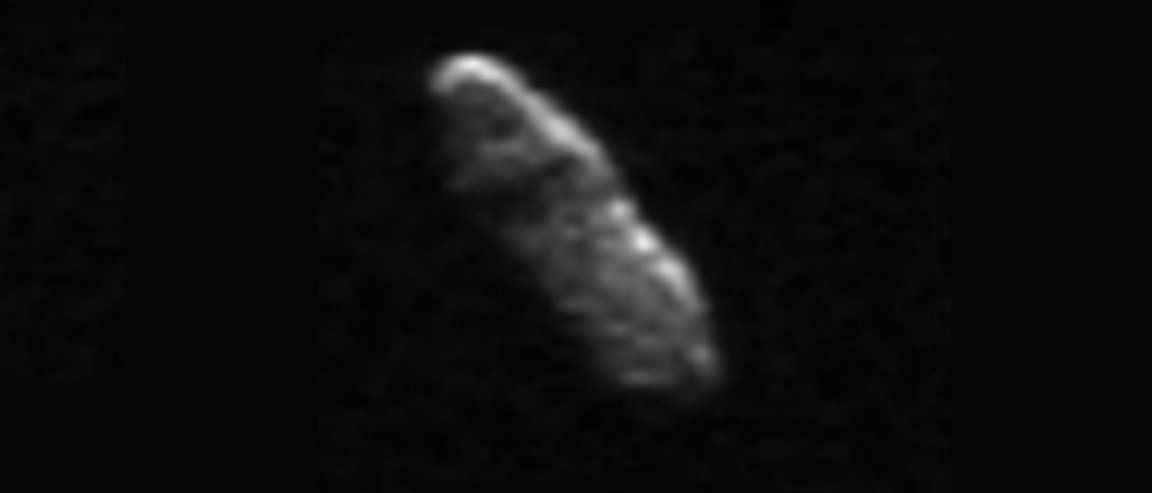
Asteroid 2003 SD220
On Christmas Eve Santa won’t be the only one making his way across our night skies. Asteroid 2003 SD220 will be at its closest point to Earth at 11 million kilometers (6,787,600 miles) away from our little planet. Ultimately, this puts the objects at some 28 times the distance between the Earth and the moon.
The asteroid’s name, like most, is a series of numbers that indicate the year it was discovered, which happened at The Lowell Observatory Near-Earth Object Search (LONEOS) program in Flagstaff, Arizona.
The asteroid is notably large with preliminary estimates suggesting a size of 1.1 to 2.5 kilometers (0.7 to 1.5 miles), and recent radar observations from the Arecibo telescope in Puerto Rico have bumped it up to 2 kilometers (1.25 miles) long.
Unlike asteroids like the Halloween asteroid (2015 TB145) and 2004 BL86 from January, 2015 which were visible using 8” telescopes, the Christmas asteroid will require more sophisticated equipment to be observed. But astronomers are already observing the asteroid using radio telescopes that bounce radio signals from its rocky surface. The Arecibo Observatory in Puerto Rico and the Goldstone Antenna in California are studying 2003 SD220 from December 3 to 17 and December 5 to 20 respectively.
Learn more about the Arecibo Observatory in the following video.

A Friendly Visitor
Don’t expect the asteroid to cause any earthquakes as a few media outlets have suggested. There is no scientific evidence that an asteroid flyby could cause seismic activity on Earth, even if it were to pass any closer than it will. Remember, the asteroid is much farther away than the moon, and also much smaller.
Also, there is no danger of a collision in the future. After extensive observations, NASA knows the asteroid’s orbit well, and the space agency has verified that it won’t move into a dangerous distance within the next 200 years.